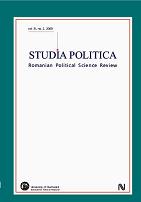

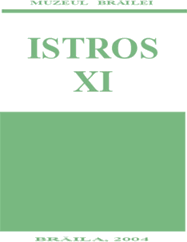
"I. Steinanker. Das Abwesenheit von Funden von Booten oder Schiffen oder Reste davon im Unterendonaugebiet oder an der Westküste des Schwarzen Meeres (über die Problematik Schiffahrt s. unter anderen Schuster 2002; 2003a; 2003b; 2003c; 2003d), so wie im Falle anderer geographischen Zonen, ist teilweise vom Entdecken von Steinankern ersetzt. Gesunkene prähistorische Boote oder Schiffe, die ganz klar diesem Zeitabschnitt angehören, wurden leider sowohl auf dem Grund der Donau oder des Schwarzen Meeres, noch nicht geortet. Anderorts, wir denken hier an östlichen Teil des Mittelmeeres, wird der Fund neben der Insel Dokos (zwischen Hydra und der Küste der Argolis) (Demakopoulou 1998, 36) zu den ältesten Schiffwracken gezählt. Dieser gehört wahrscheinlich der ersten Hälfte des 3. Jt. v.Chr. an."[...]
More...
We recall that Movila Crestată in Grădiştea was the location of a major unfortified Dacian settlement, dated back to the 2nd-1st centuries BC. During the 19 excavation campaigns we have excavated over 3,000 sq m and found numerous dwelling complexes and households – 18 huts, 24 surface dwellings, 210 pits etc., plus a rich and varied archaeological inventory – tools, utensils, adornments, coins, pottery, anthropomorphic or zoomorphic representations etc. "Reamintim că pe Movila Crestată de la Grădiştea s-a aflat o importantă aşezare dacică nefortificată, datată în sec II-I a. Chr. În 19 campanii de săpături a fost cercetată o suprafaţă de peste 3000 m2, identificându-se numeroase complexe de locuire şi amenajări gospodăreşti – 18 bordeie, 24 locuinţe de suprafaţă, 210 gropi etc., plus un bogat şi variat inventar arheologic – unelte, ustensile, arme, podoabe, monede, vase ceramice, reprezentări antropomorfe ori zoomorfe etc. (Sîrbu 1996). După publicarea volumului I despre dava de la Grădiştea (Sîrbu 1996), aici au mai fost efectuate doar două campanii de săpături, în 1996- 1997. Ne propunem să publicăm numai Bordeiele nr. 17 şi nr. 18 deoarece acestea prezintă elemente deosebite, pe când celelalte complexe şi materiale sunt similare cu cele deja publicate."[...]
More...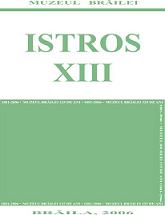
Chance or systematic archaeological findings between the Dniestr, Black Sea, Carpathians and the Balkans, have brought to light vestiges with similitudes that, when corroborated with written sources, can be attributed to the Getae. The “society of living”, which is to say the ruler and the community, tried to embody their prestige in the residential centers. As for the tombs, they were the result of the thoughts of the individual and the family on integrating oneself in the “community of the dead”. Finally, the practice of burying treasures points to their views on the “invisible partners” that were the deities, which were never absent from their worldviews. There is little doubt concerning the existence of a common ideology for the Getae aristocracy in the area in question, given the existence of a set of common items, images and figurative scenes. Moreover, the way these three types of findings show up on the map, namely in higher numbers in particular areas, suggests the presence of centers of power and authority in those areas. “Descoperirile arheologice dintre Balcani, Carpaţi, Marea Neagră şi Nistru evidenţiază, pe de o parte, o serie de vestigii cu trăsături comune care, coroborate cu sursele scrise, pot fi atribuite geţilor şi, pe de altă parte, diferenţe notabile între posibilităţile materiale ale comunităţilor şi indivizilor. Existenţa unor trăsături specifice doar geţilor, diferite de restul neamurilor tracice, menţionată de sursele scrise (Herodot IV, 93-94), este confirmată şi de un set de piese şi compoziţii decorative ce atestă o ideologie caracteristică doar acestora. În prezentul studiu ne vom referi la acele categorii de vestigii care evidenţiază o puternică structurare şi ierarhizare a societăţii getice, anume la: a) centrele rezidenţiale, care reflectă prestigiul dinastului şi al comunităţii, deci al „societăţii celor vii”, b) la morminte, care sunt reflecţia individuală/familială despre cum persoanele depuse acolo se vor integra în „comunitatea celor care dorm”, c) îngroparea de tezaure, care ne sugerează modul cum ei se raportau la divinităţi, adică la acei „parteneri invizibili”, dar omniprezenţi în mentalităţile lor, şi la strămoşii venerabili, care veghează la bunăstarea lor.”[…]
More...
On 24th – 30th of September 2003, surface investigations were made on the shore of Tibrinu Lake. These investigations resulted in discovering various pottery fragments characteristic for the Babadag culture, the Getic culture (4th -3rd century B.C.), the Roman-Byzantine period and early medieval period (9th-11th century BC). In order to verify the existence of a settlement, two sondages were drilled: H1 (1x4m) and H2 (1x4m), situated at 50m and respectively 300m from the shore, in a large bay, on the southern shore of the lake. The purpose of this article is to analyze the material attributed to the First Iron Age. Most of the fragments were discovered on the shore of the artificial lake Tibrinu that covered the Babadag type settlement, as the currents of the lake bring to the shore impressive amounts of pottery. In 2002, the Museum of National History and Archeology from Constanţa acquired a large lot of artifacts from Ţibrinu Lake. “Primele menţiuni referitoare la vestigiile arheologice de pe teritoriul localităţii Ţibrinu (com. Mircea Vodă, jud. Constanţa) au fost făcute de E. Comşa, care meţionează descoperiri din epocă romană şi medievală1. Ulterior informaţiile se îmbogăţesc prin identificarea şi cercetarea mai multor locuiri paleolitice2. În perioada 24 – 30 septembrie 2003 au fost efectuate cercetări de suprafaţă pe malul lacului Ţibrinu3. Acestea au evidenţiat existenţa a numeroase fragmente ceramice caracteristice culturii Babadag, culturii getice (sec. IV-III a.Chr), perioadei romano - bizantine şi celei medievale timpurii (sec. IX-XI p.Chr). Pentru a verifica existenţa unei aşezări au fost efectuate două sondaje, S 1 (1 x 4m) şi S 2 (1 x 4m), situate la cca. 50 m, respectiv 300 m de mal, într-un golf larg, pe ţărmul de S al lacului. În sondajul 1, ne-am oprit la adâncimea de 1,80 m fără a atinge solul steril”[…]
More...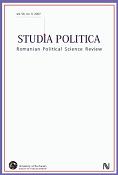
Keywords: Orthodox Church; identity; secularization; legitimization; public sphere.
After the fall of communism, the Romanian Orthodox Church engaged in the reconstruction of its public identity. This change is implicitly transmitted, for example, in the official discourses of its official representatives that this paper undertakes to scrutinize. Thus, in order to legitimize the resurgence of religion (and in particular of the Orthodox Church) in the public sphere, the Church itself is presented not only as a preserver of national values and as a socially relevant and spiritually prominent institution, but also as an “implicit actor of civil society”. Yet by following the modern secular logic in the social justification of its own existence, and despite the fact that its representatives publicly decry and/or refuse to acknowledge any signs of secularization within the Romanian society, the Romanian Orthodox Church might be actually contributing to the deepening of this very process both within society as a whole and within the Church itself.
More...
NO
More...
NO
More...Keywords: Legislation; Orthodox Church; Parliament; Romania; religion
The article examines the legislation drafted during the last legislative term (2008-2012) in the area of Church-State relations and religions’ public status. First, special attention is given to the State Secretariat for Religious Denominations, to the consolidation of “social partnership” between the lay and religious authorities, and to the topic of Church financing. Second, the legal treatment of various issues related to bioethics and social ethics is put under scrutiny. Attempts to modify legislation in these areas reveal the ambivalent attitudes of Romanian decision-makers towards the public status of religious institutions and of religious values in particular.
More...Identity is not just about how we understand ourselves as opposed to the others. It is also about how we act. This article investigates the practices related to the reconstruction of the public identity of the Romanian Orthodox Church. After a brief incursion in the communist past, the first under scrutiny are institutional practices, from administrative nominations to formal and informal structures of authority and to structural change. It is followed by an analysis of the progressive reassessment of the Orthodox presence in state institutions (with a particular emphasis on the educational system) and in the political sphere. The final part of the study is devoted to the means of communication employed by the Church to transmit its message and to reclaim a strong position in the agora. As the article is merely a sketch of the practical application of a ”return in the public” sphere of the Orthodox Church, the floor open for discussion.
More...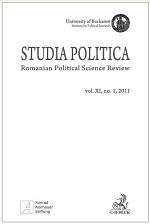
Keywords: European spirit; European integration; intellectuals; Church; post-secularism
The paper provides the ideal-typical narrative of European integration manufactured by Romanian intellectuals and the official national Church (Greek-orthodox), that could be summarized as follows: in the realm of the spirit, Europe would have survived mainly in the East, shepherded by such intellectuals as the Romanian ones and by the spiritual legacy of the Orthodox Church; in political and economic terms, European Union is monitored according to secularist and relativist guidelines by the bureaucracy in Brussels. Whatever the latter, together with their Romanian counterparts, may have realized in the course of European enlargement is of little concern for the former. Both the Church and the mainstream intellectuals are engaged now in an operation that should have defined them long before the fall of state socialism: to boost intellectual non-conformity with respect to the political dominant discourse as a way of refusing the debate by taking it seriously. And they do it by means of the same narrative device that kept them silent under communism: they tell the story of the prevalence of culture and the spiritual over everything political.
More...Keywords: ideology; modernity; nationalism; orthodoxy; politics, religion.
This article is trying to analyze the relation between religion and politics in the Romanian society, from the beginning of its modernization. In Western society modernity implies the separation between religion and politics, but in modern Romania the religious discourse becomes the ally of the political one. I analyzed this relation between religion and politics in the works of many relevant authors from this point of view: Bishop Melchisedec Ştefănescu, Mihai Eminescu, Nae Ionescu, Nichifor Crainic and Dumitru Stăniloae. In each case I tried to show the connection between the religious discourse and the political one, and also to emphasize how a certain mechanism of converting the religious discourse into ideology is developed through this alliance.
More...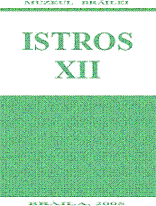
Le dėbut de La Tène dans le sud-ouest de la Transylvanie est situé dans la deuxième moitiė du IVe siecle a.Chr. Ce moment est marqué par l’arriveė des celtes et il est argumentė par les vestiges archėolgiques. Ils ont conhabitės avec les autochtones pour environ deux siecles et leur prėsence est documentėe par toute une sėrie les necropoles. Les habitats de cet horizon chronologique sont caracterises par l’association de la ceramique celtique.
More...Keywords: Religion; Parliament; legislation; normalization; neutrality, separationism.
This article proposes an assessment of the role the Romanian Parliament has played in the restructuring of the role of religion in the public sphere during the 2008-2012 legislative term. We seek to understand how much interest the Parliament has shown to it, to what extent Parliamentary drafts have been successful, and in what areas legal action has been taken. A case study of the debates surrounding the Education reform will provide us with insights concerning possible directions for a future readjustment of the public status of religion in Romania.
More...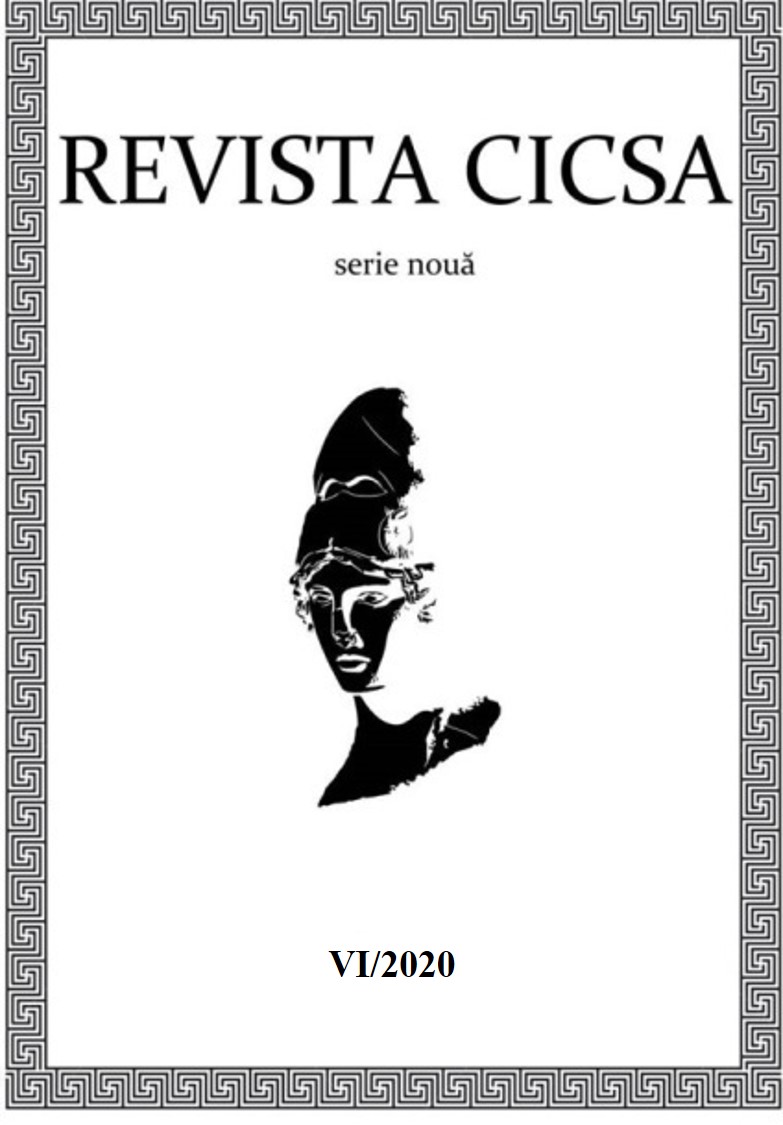
Keywords: Greek stamps; roof tile; amphora handles; Istros/Histria; Hellenistic period;
The present paper analyzes three Greek stamps on ceramic objects (a roof tile and two amphora handles) from Istros/Histria, discovered in the Sărătură Sector and dated mainly to the 4th c. BC. A short context of the discovery is also provided.
More...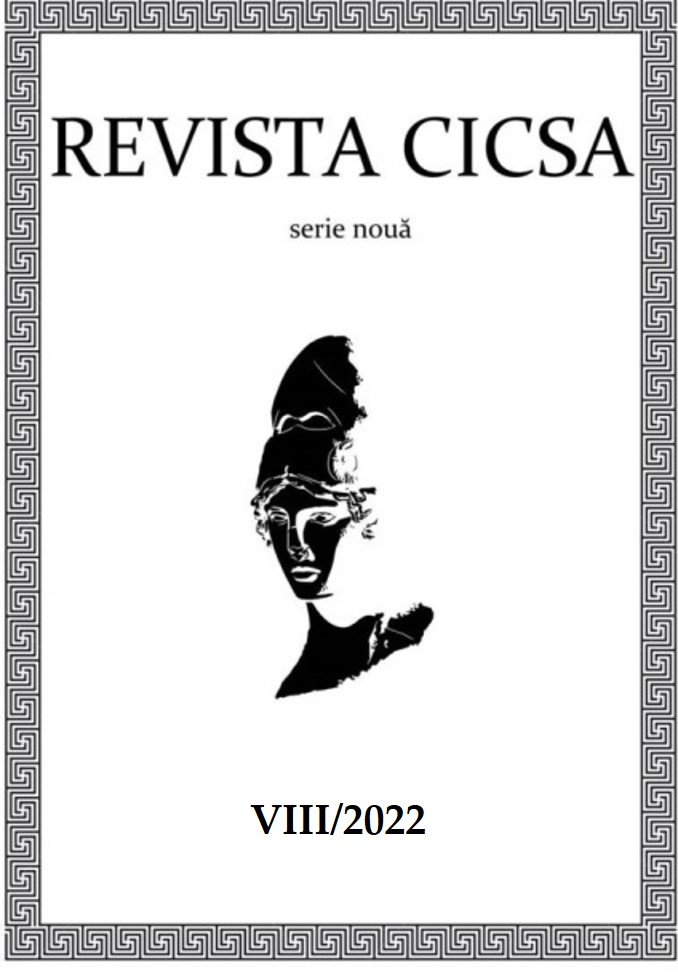
Keywords: Orthodox aesthetics; modern art; contemporary art; Nichifor Crainic; Dumitru Stăniloae; art for art’s sake;
This paper aims to outline the current Orthodox aesthetics vision on modern and contemporary art, based on a thorough exploration of relevant Orthodox theological writings published in Romania. After going through a significant part of the theological literature that deals with aesthetics written by Romanian authors such as Nichifor Crainic, Dumitru Stăniloae, Ioan Bizău, Mihaela Palade, etc., and by internationally well-known Orthodox theologians translated into Romanian such as Paul Evdokimov and Leonid Uspensky, we are able to highlight the main features of a coagulated Orthodox vision on modern and contemporary artists, art movements and artistic phenomena. There is a general agreement among Orthodox theologians that Renaissance was the age when the spirit of individuality and formal freedoms entered art, which led to a distancing of artworks and artists from God. Also, modern art and contemporary art are usually regarded as harmful to the human soul and to its Salvation. These views also reverberate among some circles of Romanian visual artists and art critics with strong Orthodox personal beliefs. Furthermore, this aesthetic vision might partially explain why the Romanian Orthodox Church has remained fairly uninterested in recent art phenomena and why it hasn’t tried to establish a theological or practical dialogue with the artworld, in the past few decades.
More...